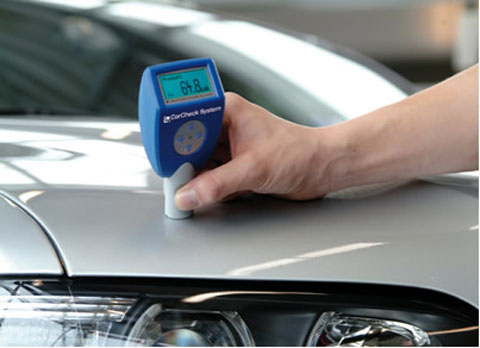Measuring paint thickness – a crucial step in compounding and polishing

Whether you’re restoring aged paint or de-nibbing fresh paint, the first step in the process is to measure the paint thickness. This step allows you to calculate precisely how much clear you can safely remove.
Most OEMs and paint manufacturers recommend a maximum of .3 - .5 mils of clearcoat be removed during the polishing process. Paint restoration experts recommend up to .3 mils for vertical surfaces and .5 mils for horizontal surfaces.
Paint thickness gauges can be purchased from many companies specializing in gauges and instruments including
Instrumart and
Phase2.
Once you’ve determined the coating thickness, the next step is to select the least aggressive compound that you can use to get the job done. For heavy defects including deeper scratches and oxidation, we recommend starting with a more aggressive compound like
Ultra Cutting Crème. For lighter defects including swirl marks, paint nibs and fine scratches you can start with a less aggressive polish like
Ultra Polish or
Swirl Remover.
For more information on how to remove scratches and defects, please see our
Scratch Removal Article.
Article Rating:
